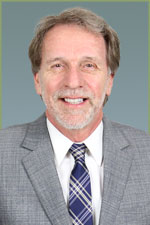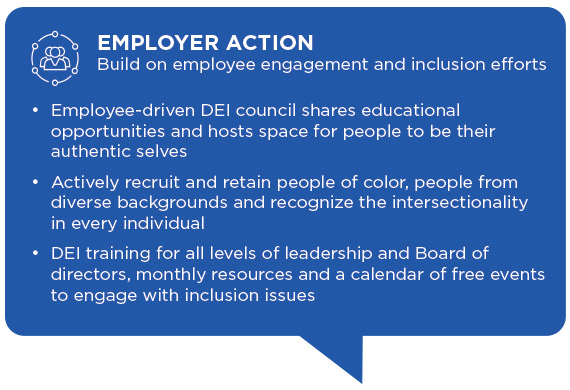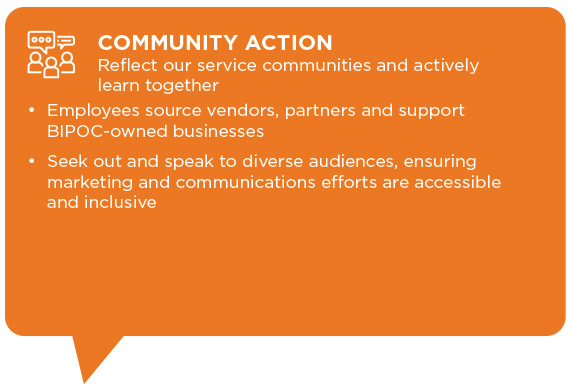DEI Strategy Q&A
February 16, 2022


Goodwill-Easter Seals Minnesota (GESMN) is actively learning and growing its efforts to be inclusive and foster a workplace where everyone can be their authentic selves. President & CEO Michael Wirth-Davis and Chief HR & Risk Officer Jinah Chernivec sponsor an employee-led DEI council; we sat down with them to find out what’s new.
Many organizations are listening and learning these days. What is Goodwill-Easter Seals Minnesota doing?
Wirth-Davis: Learning and growing, that’s first. Our DEI council shares monthly educational resources with all employees. Every leader in our organization completed YWCA and Dignitas training last year [learning everything from microaggressions to unconscious bias to generational wealth] and we plan to continue training sessions.
The second area is proactively reaching out to BIPOC audiences. We aired our first Spanish-speaking advertisements and someone actually contacted our website to thank us for investing in her community. We committed a portion of our budget to inviting new audiences into GESMN.
Thirdly is being humble that we have much to learn and trying new things. We curate a listing of free DEI events; we just redesigned store uniforms to give employees more individuality; a monthly employee engagement survey asks staff for ideas to grow in this area and there will always be more to come.
I worked at Courage Kenny Institute, and I want to point out that inclusion also means accessibility. Sixty four percent of people we serve have one or more disabilities and making sure our communications, stores and service facilities are easily navigable is important.
How does inclusion show up in your hiring and other processes?
Chernivec: Our services connect people who are often underrepresented in the workforce to jobs; 60% of the people we serve are BIPOC. We actively work to recruit and retain people of color, diverse backgrounds and recognize the intersectionality in every individual that interacts with us.
Women are strong leaders in our organization. Three of five chief officers are female, in addition to our current Board Chair, and we look forward to celebrating female contributions in March during Women’s History Month. Our employees are also advocates, seeking out women or BIPOC-owned vendors and partners.
I believe every workplace is at its best when multiple backgrounds, voices and experiences come together to achieve shared goals.
How are you making DEI part of your operations and culture vs. a training session or month to celebrate?
Chernivec: Whether it’s advocating at the capitol or developing culturally responsive programming, seeing the big picture of how it all fits together to foster change is important.
We have a graphic to illustrate how ideas become action.
DEI STRATEGIC PILLARS




Wirth-Davis: Every organization has annual plans and goals; making DEI outcomes and action part of daily operations takes planning too. It’s easy for DEI to fall into the “lip service” category without leadership and clarity of how ideas become action.
Chernivec: We also recognize that many others do this well, and we often borrow from experts. February is Black History Month and PBS has phenomenal resources staff can use to learn. The Center for Racial Justice in Education also has hundreds of tools. Organizations like ours can grow more meaningfully if we listen to other voices.
Wirth-Davis: I like that concept of listening, Jinah. We’re always listening to the people we serve, our employees and trying to learn together every day.
Categories
